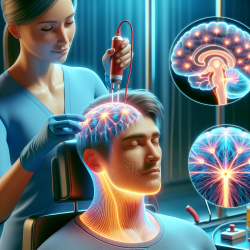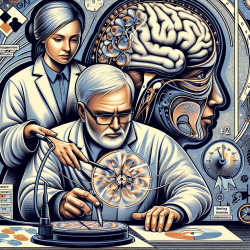Transcranial Magnetic Stimulation (TMS) is an innovative technique that has rapidly evolved from a scientific curiosity to a powerful tool in neurological research and therapy. This non-invasive method of brain stimulation offers promising possibilities for understanding and treating various neurological conditions. By exploring the outcomes of recent research on TMS, practitioners can enhance their skills and potentially improve therapeutic outcomes for their clients.
The Science Behind TMS
TMS works by using magnetic fields to induce electrical currents in specific areas of the brain. This process can stimulate neuronal activity, leading to the release of neurotransmitters and potential changes in synaptic strength. The technique has been effectively used to study neural processes and treat conditions such as stroke, chronic depression, and epilepsy.
The Role of Synaptic Plasticity
The concept of synaptic plasticity is central to understanding how TMS can produce long-term effects on the brain. Synaptic plasticity refers to the ability of synapses (the connections between neurons) to strengthen or weaken over time in response to increases or decreases in their activity. TMS protocols that mimic natural patterns of synaptic activity can induce changes similar to long-term potentiation (LTP) and long-term depression (LTD), which are key mechanisms underlying learning and memory.
Implementing TMS in Therapeutic Settings
The potential for TMS to facilitate synaptic plasticity makes it a valuable tool for therapists aiming to enhance brain function in their clients. By incorporating TMS into therapeutic practices, practitioners can target specific neural circuits and potentially improve outcomes for individuals with neurological disorders.
- Stroke Rehabilitation: TMS can help reactivate dormant areas of the brain following a stroke, promoting recovery of motor functions.
- Treatment of Depression: Repetitive TMS has been shown to alleviate symptoms of depression by modulating neural circuits involved in mood regulation.
- Cognitive Enhancement: TMS can be used to enhance cognitive functions such as memory and attention by stimulating relevant brain areas.
The Importance of Continued Research
While the current applications of TMS are promising, ongoing research is crucial for unlocking its full potential. Practitioners are encouraged to stay informed about the latest developments in TMS research and consider participating in studies that explore new therapeutic protocols.
Transcranial magnetic stimulation, synaptic plasticity and network oscillations










